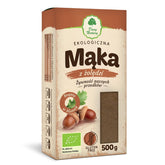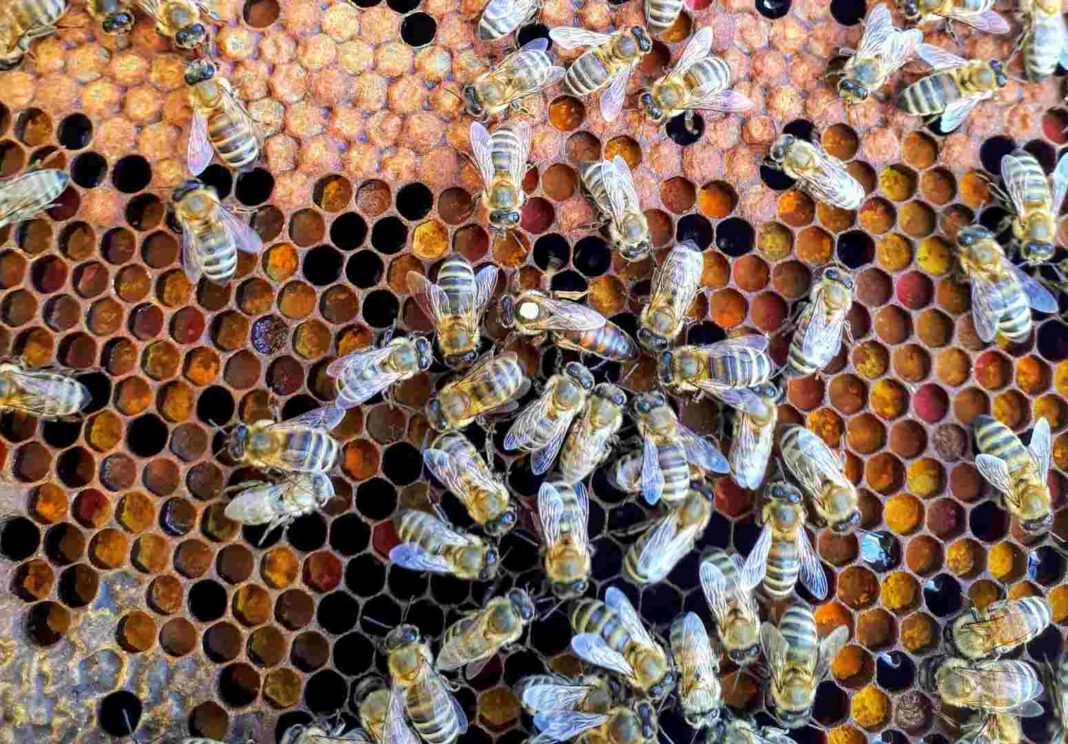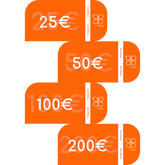When and how to use bee pollen – properties of bee pollen
CONTENTS
- Composition of natural bee pollen
- The use of flower pollen
- How do you use bee pollen?
- Pollen - Contraindications
Almost everyone has heard that honey is healthy and why it's worth eating. However, not everyone knows that, in addition to honey, we also have pollen thanks to bees. Bees collect nectar from plants and then transport it to the apiary, where it is collected by the beekeeper. Flower pollen is also called pollen and is shaped like small balls. Because bees collect it from different plants and flowers, the shape, size, weight, and color can vary slightly. It can be yellow, orange, brown, and even purple or black. The chemical composition of pollen can also vary, but the fact is that regardless of the plant from which it was collected, it is a product that has a beneficial effect on the human body.
Composition of natural bee pollen
Pollen contains almost all the nutrients (over 200 substances) the human body needs for proper functioning. These include:
- Carbohydrates, including fructose, maltose, glucose, ribose, arabinose and others,
- endogenous and exogenous proteins and amino acids, arginine, leucine, isoleucine, phenylalanine, lysine, threonine, methionine, valine, proline, glycine, alanine, serine, histidine and others,
- Lipids and fatty compounds,
- Vitamins: A, C, D, E, B1, B2, B6, B12, PP
- Folic acid,
- Calcium, copper, magnesium, phosphorus, sodium, potassium, silicon, selenium, manganese.
The use of flower pollen
Bee pollen has detoxifying, anti-inflammatory, antiseptic, bactericidal, and immune-boosting properties. It also has a supportive effect on the nervous system, which is weakened by stress. Due to its rich composition of valuable nutrients for humans, bee pollen is recommended as a supportive aid in the treatment of many diseases, for example:
- Diseases of the digestive system and liver,
- Malnutrition and loss of appetite,
- Anemia,
- Cardiovascular diseases,
- Respiratory diseases,
- during convalescence,
- during a cold.
Especially in autumn and winter, the prophylactic intake of pollen is recommended for natural strengthening of the body and immunity, as well as during prolonged periods of nervous tension. It is especially recommended for the elderly and those exposed to stress. It is also used in cosmetics for the production of balms, creams, and hair conditioners with moisturizing and regenerating properties.
How do you use bee pollen?
Bee pollen is a safe product as long as you are not allergic to honey and bee products. It is recommended to use it prophylactically and include it in your daily diet on a permanent basis. Adults and children 12 years and older can use up to 4 teaspoons per day (approximately 20 g). For children aged 3 to 5, half this dose, or up to 2 teaspoons (approximately 10 g), and for children aged 6 to 12, approximately 15 g per day. It is best to dissolve the pollen in boiled, lukewarm water. We prepare this mixture in the evening, let it stand overnight, and drink it on an empty stomach after waking up.
Pollen - Contraindications
Although bee pollen is a relatively safe product and, when used correctly, does not cause side effects, a contraindication to its use is an allergy to honey. Bee products can cause allergic reactions.
THE PUBLISHER'S CHOICE
Dried plums 1 kg BIOGO
- £6.08
- £6.08
- Unit price
- / per
Dried White Mulberries 500 g ORGANIC
- £5.07
- £5.07
- Unit price
- / per
Almonds 1 kg BIOGO
- £10.14
- £10.14
- Unit price
- / per
Cranberries sweetened with apple juice organic 1 kg BIOGO
- £14.20
- £14.20
- Unit price
- / per
Dried dates 1 kg BIOGO
- £3.65
- £3.65
- Unit price
- / per
Unpeeled buckwheat groats 1 kg BIOGO
- £2.44
- £2.44
- Unit price
- / per
Walnuts 800 g BIOGO
- £7.50
- £7.50
- Unit price
- / per
Peeled sunflower seeds 1 kg BIOGO
- £2.64
- £2.64
- Unit price
- / per
PULLED ORGANIC SUNFLOWER SEEDS 1 KG BIOGO
- £3.85
- £3.85
- Unit price
- / per












































































































































